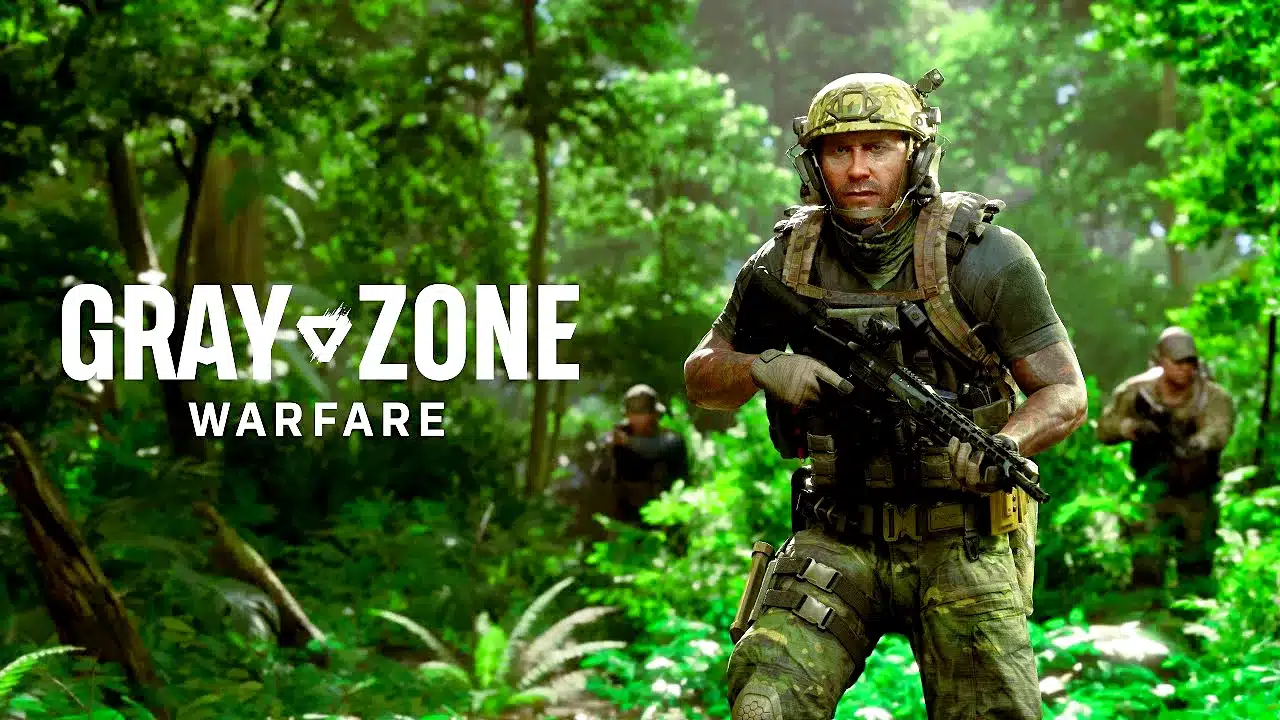Since former Vietcong developers unveiled the modern military sandbox Gray Zone Warfare in late 2023, the title has been at the top of many gamers’ wish lists.
In fact, the tactical simulation is ranked 26th on Steam’s global Wishlist charts and the demand for new information is correspondingly high. At least there is already a trailer:
Now the responsible developer studio Madfinger Games is back and provides an overview of the Early Access plans and how the game will differ from the final release:
Great plans for the future
On Steam, the creators describe Gray Zone Warfare as a long-term project that they want to gradually build up and expand in Early Access. It is therefore not yet clear how long this phase will last – but the studio expects it to last several years
In addition to the roadmap, the main focus during this time will be on feedback from the community And what should Gray Zone Warfare look like in its final version at some point?
For the first time, we now have a more detailed picture:
- A large open-world map with different climate zones
- A particularly dangerous endgame zone called Ground Zero
- Different AI behaviors depending on situation, time, weather, etc.
- Factions with their own objectives, quests, patrols, AI vs AI battles
- Quest system for main story and side locations
- Progression and reputation systems for each faction
- Survival system with crafting and resources
- Dynamic weather, day-night cycles
- In-depth weapon customization
Realism in the sights
So many highly complex systems are planned for the future of Gray Zone Warfare but the shooter will still be in alpha at the Early Access launch and will cost less.
Initially, 48 players will be supported simultaneously, each joining one of three PMC factions. These mercenary groups operate on a 42 square kilometer jungle map and can accept and complete up to 150 missions.
The developers place particular emphasis on a realistic simulation of the weapons and ballistics: recoil, dispersion and penetration are physically calculated based on real data, bullets inflict realistic wounds (which must then be treated) and each of the eight early access weapons can be modified with over 50 realistic attachments and components.


